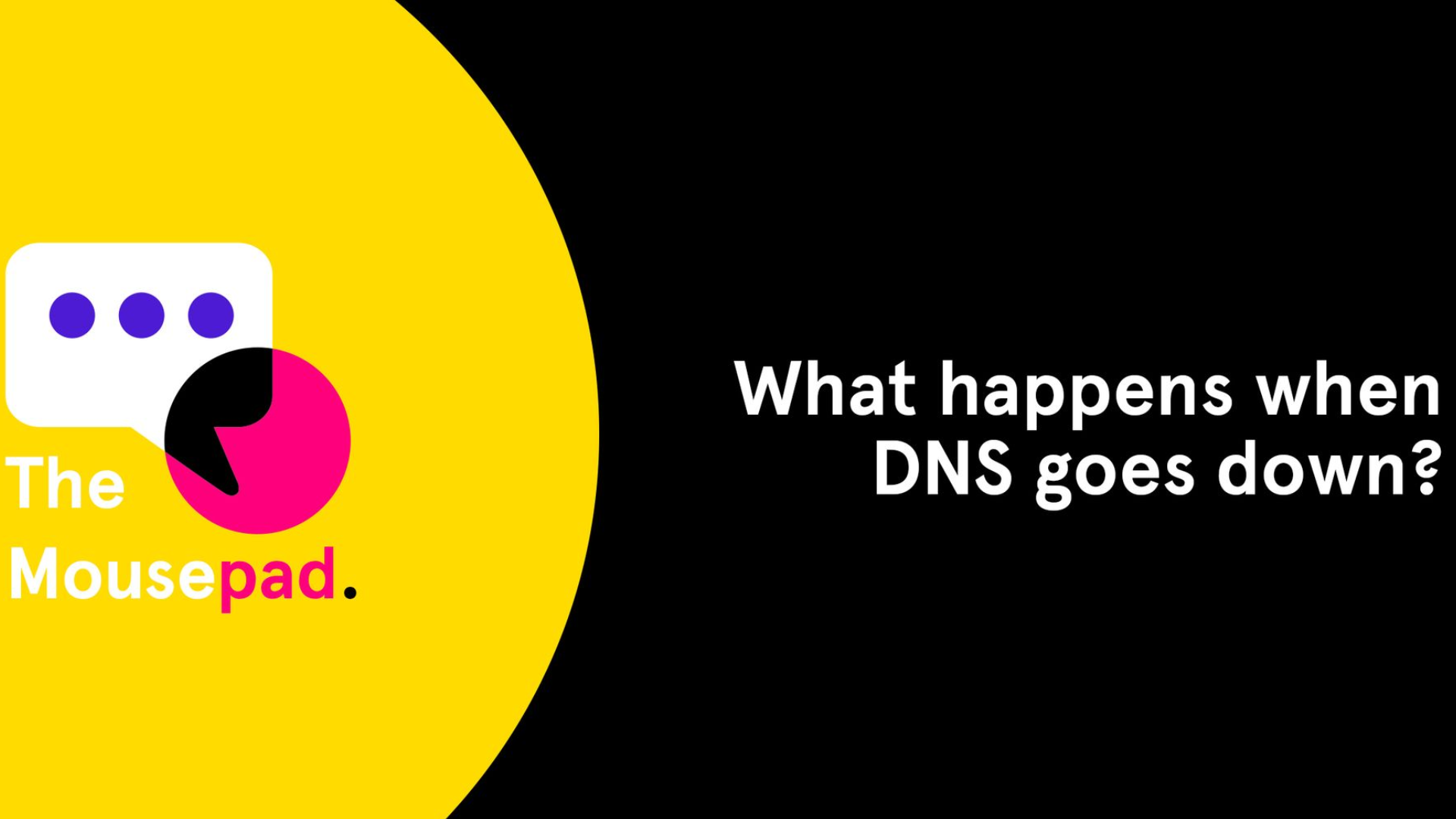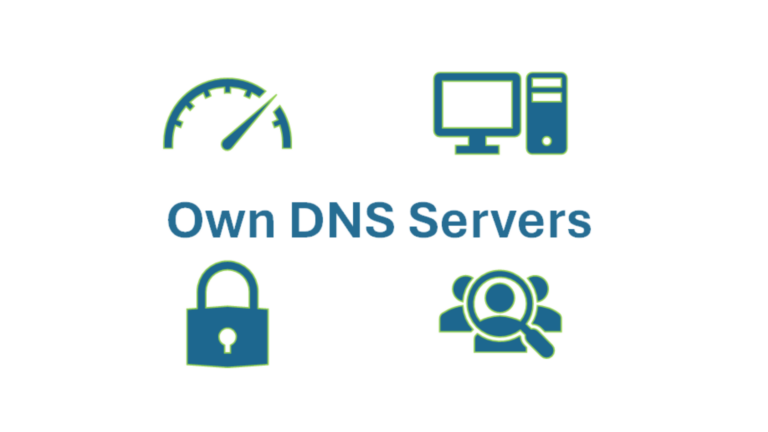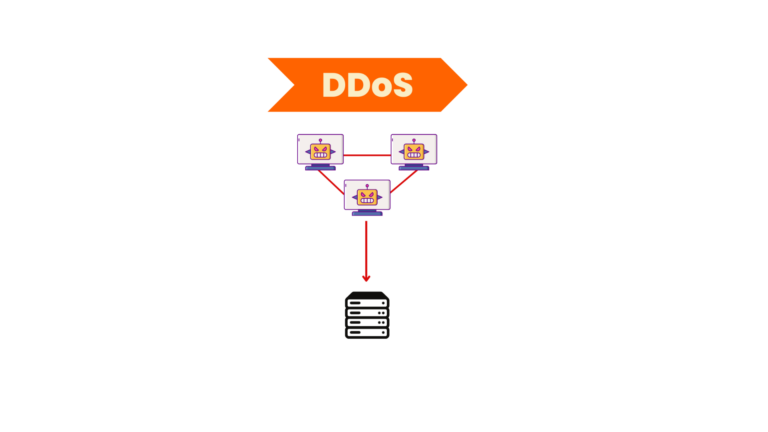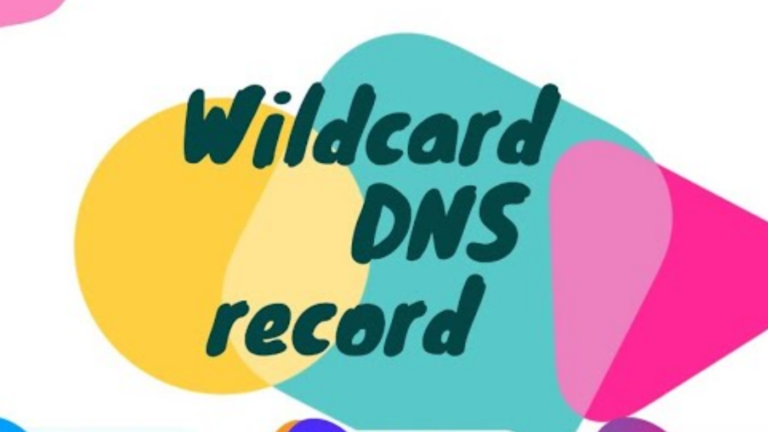What happens when DNS is down?
Imagine you’re trying to visit your favorite website, but instead of loading, your browser gives you an error message. This could happen if DNS, or Domain Name System, is down. DNS is a crucial part of the internet, and when it doesn’t work, it can cause many problems. Let me explain what DNS is and what happens when it’s not working properly.
What Is DNS?
Think of DNS as the internet’s phonebook. When you type a website name like “example.com” into your browser, DNS translates that name into an IP address—a set of numbers like “192.168.1.1.” Your computer uses this IP address to find and connect to the website. Without DNS, your computer wouldn’t know where to go.
What Happens When DNS Is Down?
When DNS is down, the phonebook isn’t working. Here are some of the effects:
- Websites Won’t Load
You can’t visit websites by typing their names because your computer can’t find the correct IP addresses. - Apps May Stop Working
Many apps, like email and streaming services, rely on DNS to connect to servers. If DNS is down, these apps may not work properly. - Online Payments Could Fail
Payment systems also rely on DNS. If you’re shopping online, you might not be able to complete your purchase. - Delays and Timeouts
Even if some services work, they may be slower than usual because your computer keeps trying to reach the DNS server.
Why Does DNS Go Down?
DNS can stop working for several reasons:
- Server Problems: If the servers that handle DNS requests are overloaded or malfunctioning, DNS can go down.
- Network Issues: Problems with your internet provider or a large-scale internet outage can disrupt DNS.
- Cyber Attacks: Hackers can target DNS servers with attacks, making them unable to handle requests.
- Configuration Errors: Sometimes, mistakes in how DNS servers are set up can cause issues.
What Can You Do When DNS Is Down?
Here are a few steps you can take:
- Check Your Connection
Ensure your internet connection is working. Sometimes the problem isn’t DNS but your local network. - Switch to a Different DNS Server
You can change your DNS settings to use a public DNS server like Google (8.8.8.8) or Cloudflare (1.1.1.1). - Restart Your Router
A quick restart of your router can resolve temporary DNS issues. - Contact Your Internet Provider
If the problem persists, your ISP may be experiencing DNS outages. - Use the IP Address Directly
If you know the IP address of a website, you can type it into your browser to bypass DNS temporarily.
How to Prevent DNS Problems
- Use Reliable DNS Providers: Some DNS providers are more reliable than others. Public DNS options like Google or Cloudflare are often more stable.
- Enable Backup DNS: Set up multiple DNS servers in your device settings as backups.
- Keep Your Devices Updated: Regular updates can fix bugs that might cause DNS issues.
Final Thoughts
DNS is a behind-the-scenes system that keeps the internet running smoothly. When it goes down, it can feel like the entire internet is broken. However, by understanding what’s happening and taking a few simple steps, you can often fix or work around the problem. It’s always a good idea to keep backup DNS options handy and know a bit about how your internet connection works.






